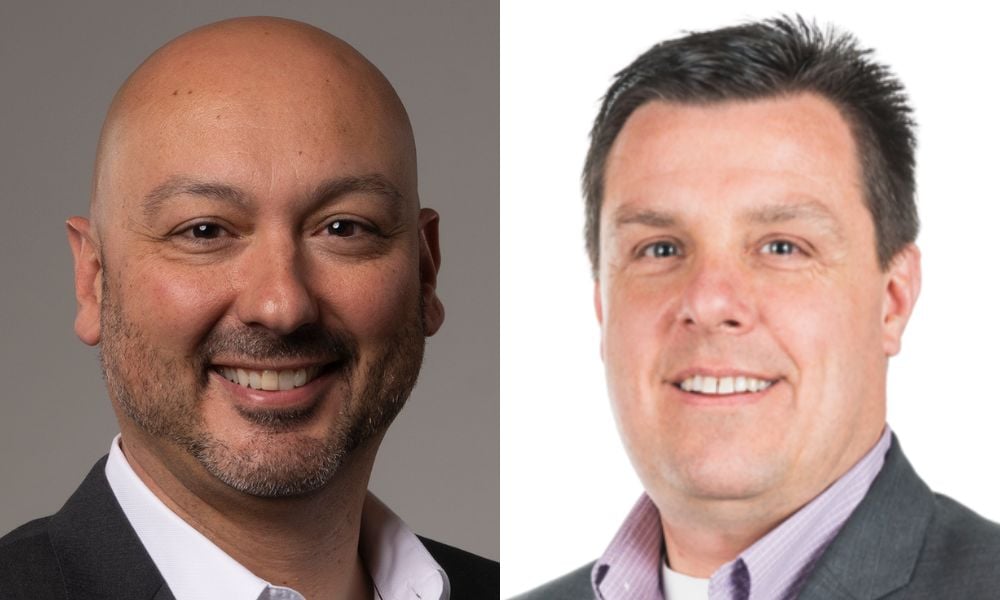'In our industry, we’re the only ones doing this'

One of the ways organizations have tried to implement wellbeing is by demonstrating a strong commitment to community.
This shows that the company cares not only about the internal community of employees and clients but the external population as well.
One Canadian employer was recently recognized for its commitment to employee wellbeing.
Ricoh Canada achieved the Healthy Workplace Gold certification from Excellence Canada, which is another step in the company’s goal to improve wellbeing in the workplace.
The company also has achieved certification with the Canadian Council for Aboriginal Businesses (CCAB).
This effort also ties into its five-year “journey” to reach out to Indigenous peoples, says the leader of its Progressive Aboriginal Relations (PAR) committee.
“It really signals to our business partners, that Ricoh’s a good type of business partner to work with, if you’re an Indigenous business or an Indigenous community [and] it would be a great place to work for Indigenous staff. It demonstrates that we’re really committed to Indigenous community prosperity,” says Scott Leonard, director of sales, public sector and chair of Ricoh Canada’s PAR committee in Ottawa.
“Our Indigenous communities, they recognize the amount of work and the effort it takes and what’s been done to develop our Indigenous relations program, and they’re happy to see because in our industry, we’re the only ones doing this,” says Leonard.
There is still plenty of racism in many Canadian workplaces, according to a recent scathing report.
Part of corporate wellness program
While all of these efforts are laudable, how do they fit into the overall wellbeing effort?
“It’s really simple: actions speak louder than words, and these are actions,” says Peter Pontone, vice-president, human resources at Ricoh Canada in Mississauga, Ont.
“These third-party verifications are long, thorough processes and it requires leadership participation. These aren’t things that you could say you do, they show and demonstrate that you do and I went through both [certification processes], they’re not easy. They are very detailed demonstrations that you have to do, ensuring that you’re hitting the mark on these expectations.”
As part of the certification process with CCAB, the organization — which helps support Indigenous business through partnerships with non-Indigenous employers — a representative visits the company to see first-hand its efforts before conferring the stamp of approval.
“That individual basically validates that everything we’ve said, we’ve done, and as part of that, they sit down with our executive management team, and they sit down with our Indigenous community partners and business partners and talk to them and they talk to our Indigenous staff,” says Leonard.
Some of the specific areas Ricoh has contributed to over the years includes donating to Indigenous libraries and school boards, as well as one education-related organization.
“We actually established a five-year national Indigenous scholarship program for $5,000 per year, through an organization called Indspire, which we’ve been involved with for the last five years,” says Leonard.
For many northern and Indigenous communities, the workplace challenges are vast and complex, says an employment lawyer.
Commitment to diversity, inclusion demonstrated
By engaging with the Indigenous community, the message to outside candidates wishing to join Ricoh is powerful, says Pontone.
“When we started advertising and promoting these awards, it shows that we’re serious about our values: that we take those things seriously. They’re not just things we paste on our website, and really just refer to them once in a while, that we actually live them.”
Besides external candidates, reaction from the Indigenous community in Canada has been inspiring, says Leonard.
“We engage with our Indigenous partners and communities on a regular basis. The feedback’s been really good: they’ve been happy to see that we’re interested in learning and we’re interested in getting their feedback.”
Not only does the company receive positive feedback from those communities, there is a growing recognition within the company of it efforts, he says.
“The PAR committee, which I joined in 2018, I think we had five or six people on the PAR committee primarily, from one part of the organization. When I look at it today, we are 20 people, coast-to-coast, from all lines of business.”
This strong internal involvement also included a new initiative to grow the company’s internal knowledge of the issues the Indigenous community faces, says Leonard.
“One example, was somebody who wasn’t even on the PAR committee, Teresa, saw one of these communications as we were moving through our certification process, and reached out and said, ‘Hey, I have an idea. I’d love to create a lending library with Indigenous books, so that we can share and create Indigenous awareness. Could I do that?’ And so she did it for one branch in Ottawa.”
“And as a result, we took that on as a national initiative and said, ‘Let’s build a national Indigenous library,’ so now we have libraries in five offices across the country, and we’re continuing to add to it,” he says.




